Prism
A prism is a three-dimensional shape that has two parallel and congruent polygonal bases and rectangular or parallelogram faces. The bases are connected by the lateral faces, which are all parallelograms. The most common type of prism is a rectangular prism, which has rectangular bases and faces that are all rectangles.
The volume of a prism can be calculated using the formula V = Bh, where B is the area of the base and h is the height of the prism. The surface area of a prism can be found by adding the areas of all the faces together, which includes the area of the bases and the lateral faces.
Prisms are commonly found in everyday objects such as buildings, boxes, and containers. They are also used in mathematics to teach concepts such as volume, surface area, and geometry.
Overall, prisms are important geometric shapes that are used in various real-world applications and are essential for understanding mathematical principles.
.◂Math Worksheets and Study Guides Second Grade. Fractions Greater Than or Less Than 1/2
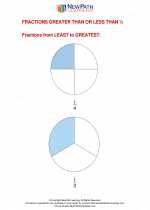
 Worksheet/Answer key
Worksheet/Answer key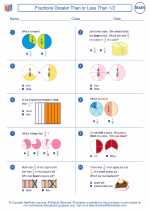
 Worksheet/Answer key
Worksheet/Answer key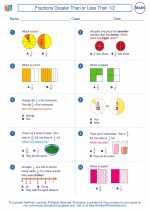
 Worksheet/Answer key
Worksheet/Answer key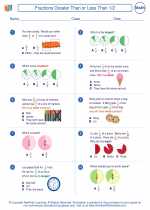
 Worksheet/Answer key
Worksheet/Answer key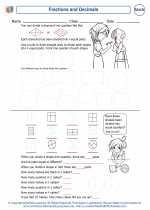
 Worksheet/Answer key
Worksheet/Answer key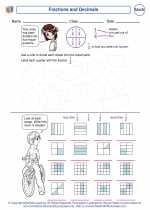
 Vocabulary/Answer key
Vocabulary/Answer key
